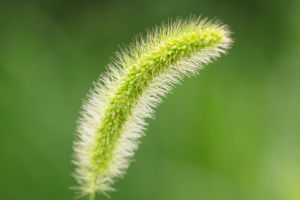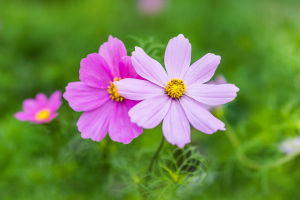Lilacs are a gardener's dream, offering beautiful, fragrant blooms that mark the arrival of spring.
However, growing and maintaining lilacs requires specific care to help them thrive!
1. Choose the Right Location
Lilacs flourish in areas that offer full sunlight. Aim for at least six hours of direct sunlight per day, as this encourages healthy growth and more abundant blooms. Avoid planting them in shaded spots, as they might not flower properly. The soil should be well-draining, slightly alkaline, and rich in nutrients. If your soil is too acidic, consider amending it with lime to increase pH levels.
2. Planting Your Lilacs
Timing is key when planting lilacs. Early spring or fall is the best time to plant, as this allows the roots to establish before harsh weather hits. When planting, dig a hole twice the size of the root ball, ensuring the plant is at the same depth as it was in the nursery pot. Space your lilacs at least 5 to 10 feet apart to allow for proper airflow, which helps prevent disease.
3. Watering and Fertilizing
Lilacs don’t require excessive watering but do appreciate consistent moisture during the growing season. Water deeply once a week, especially during dry spells. However, be cautious not to overwater, as lilacs are prone to root rot in soggy soil. Fertilize your lilacs with a balanced fertilizer in early spring to promote healthy growth, but avoid excessive nitrogen, which can lead to lush foliage without blooms.
4. Pruning for Health and Shape
Pruning is essential for lilac health and flower production. After blooming, remove any dead or diseased wood. Cut back about one-third of the oldest stems to encourage new growth and maintain the plant's shape. Regular pruning also helps improve airflow and reduces the risk of powdery mildew. Be mindful of pruning at the wrong time—cutting back too early can result in fewer blooms the following year.
5. Dealing with Pests and Diseases
While lilacs are relatively low-maintenance, they can occasionally fall prey to pests like aphids and caterpillars. Keep an eye out for these nuisances and treat them with an appropriate pesticide or organic solution. Additionally, lilacs can be susceptible to fungal diseases such as powdery mildew. To prevent this, ensure the plant is properly spaced and avoid overhead watering, which can contribute to mold growth.
Lykkers, with following these steps, you can enjoy the stunning fragrance and vibrant blooms of lilacs every year. A little care goes a long way in ensuring these gorgeous shrubs remain a highlight in your garden. With the right attention, lilacs will reward you with beautiful flowers that will fill your garden with color and fragrance for generations to come!
Lilac – How to grow and care for it
Video by Trim That Weed - Your Gardening Resource


